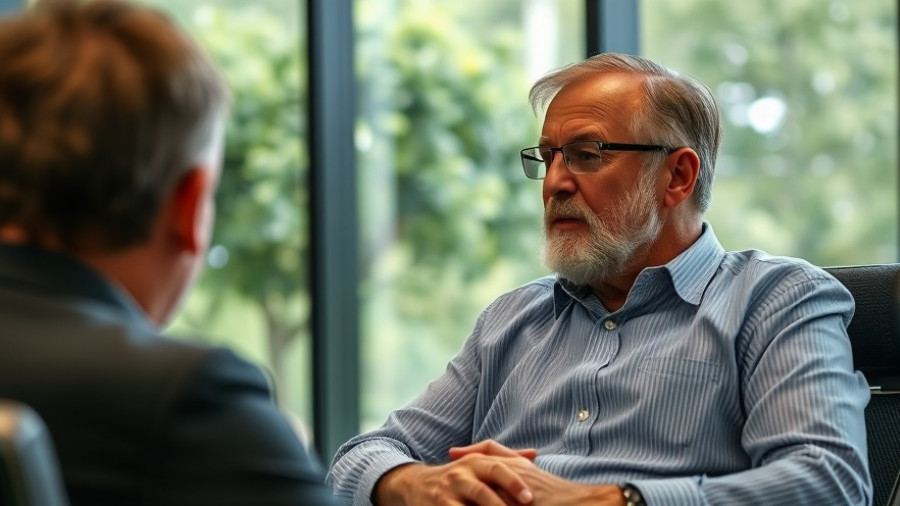
Exploring the Future: AI-driven Navigation Systems in Aerospace
In a world increasingly dependent on technology, the relationship between artificial intelligence (AI) and quantum computing presents a unique opportunity for advancements in industries such as aerospace. As discussed in the recent episode of Uncharted Conversations, esteemed advisors Teresa Shea and Silvia Bianchi shed light on the groundbreaking work being done in this space, specifically through the innovative AQNav system, designed to provide reliable navigation even in GPS-denied environments.
In Uncharted Conversations with Silvia Bianchi & Teresa Shea, the discussion dives into cutting-edge navigation solutions powered by AI and quantum technology, sparking deeper conversations about their vast potential across multiple sectors.
Understanding the Importance of Quantum Technology Applications
According to Teresa, a significant issue facing society today is the vulnerability of GPS systems, which can be jammed or spoofed. With the integration of quantum technology, AQNav offers a solution that is both resilient and versatile. Imagine a navigation system that operates seamlessly, regardless of weather conditions or potential cyber threats. This technology is crucial not just for military operations, but also for civilian use, enhancing safety in air travel and maritime navigation.
Real-World Impacts of AI in Life Sciences
On a broader scale, AI is reshaping various sectors including health sciences, where it plays a pivotal role in developing new ways to address chronic diseases. The recent partnership with the Michael J. Fox Foundation by SandboxAQ to advance solutions for Parkinson's disease exemplifies the integration of AI and quantum technologies in life sciences. This collaboration reflects a commitment to solving pressing health challenges, demonstrating how technological advancements can translate into tangible benefits for humanity.
The Inspiration Behind Innovation
Teresa and Silvia represent the spirit of perseverance and adventurous thinking that is essential in tech industries. Their journeys highlight that taking risks and embracing challenges can lead to extraordinary breakthroughs. Whether it’s through mentorship, collaboration, or the drive to explore uncharted territories, the commitment to continuous learning and adaptability is crucial for success in fields influenced by AI and quantum technologies.
In conclusion, the integration of AI and quantum technology is not just a revolutionary leap in computing but a necessity for the future of industries tackling complex global issues. With innovations like AQNav paving the way for advancements in aerospace and beyond, those interested in these fields have a remarkable opportunity to contribute meaningfully to the safety and well-being of society.



Write A Comment